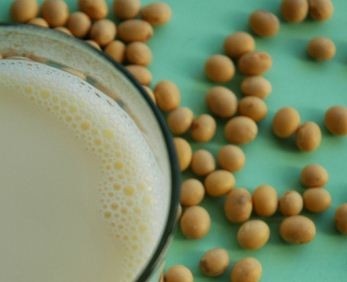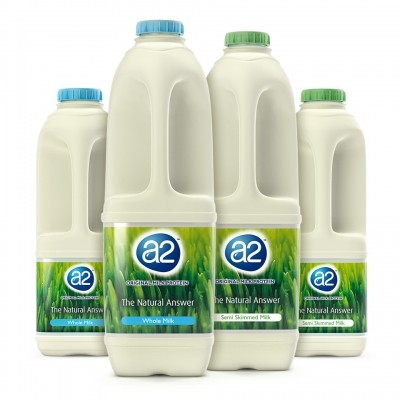Soy industry: FAO protein findings only useful in malnourished populations

The European Natural Soyfoods Association (ENSA) – which has 10 member companies including Alpro, Hain Celestial, Triballat (Sojasun) and Life Food as members – said dairy proteins may be more abundant in amino acids like lysine – but this was a non-issue for most people in developed countries.
The UN Food and Agriculture Organization (FAO) report recommended changing the protein measurement system to something called the Digestible Indispensable Amino Acids Score (DIAAS), which showed dairy proteins could deliver up to 30% more amino acids than plant sources like soy isolates.
“DIAAS could be useful in developing countries which suffer from malnutrition in order to identify the protein source which could help to compensate for shortages of certain amino acids, e.g. where consumption of grain is high, the essential amino acid ‘lysine’ is in short supply,” ENSA said.
“However, in western countries there is no shortage of specific amino acids thanks to the varied diet; therefore the new proposed method is not that relevant. In Western diets, it is important to maintain a varied balanced diet including protein from different sources.”
ENSA said the DIAAS method was also compromised by the fact it typically relied on animal data. The Brussels-based group said plant proteins also had a better record, “in terms of water use, land use and carbon footprint”.
Dairy welcomes DIASS
The dairy and dairy ingredients sectors welcomed the FAO recommendation to abandon the Protein Digestibility Corrected Amino Acid Score (PDCAAS) testing method it had referenced since 1989.
As part of its report to promote sustainable diets, FAO said, “limitations of PDCAAS have been recognised”.
DIAAS is said to be more accurate because it measures amino acid digestibility in the small intestine rather than extrapolating from fecal matter protein content.
“This limitation contributes to narrow the differences between high and low quality proteins, highly and poorly digestible proteins, and it overestimates the quality of proteins containing anti-nutritional factors,” said Suzane Leser, nutrition manager in lifestyle nutrition at UK dairy protein supplier Volac.
She said the findings would promote greater use of high quality proteins and entered the lysine debate by saying: “Lysine is essential for healthy growth in children, for calcium absorption, and to form collagen for healthy connective tissues, but it is significantly destroyed during food processing - however this is not the case in dairy processing.”
The report called on its findings to be considered by Codex, the UN organ that makes food law recommendations. It has been sent to two Codex Committees: Food Labeling and Nutrition and Foods for Special Dietary Uses.
Leser added, “the focus now needs to be in supporting the FAO to adopt the new method. Volac will be working alongside the global dairy industry to achieve this.”
“We would ideally expect DIAAS to be adopted under Codex guidelines, for example labelling guidelines, before we begin discussions with European legislators.”
Such changes may include changing the criteria for ‘source of protein’ to differentiate between varying protein sources.
The full report can be found here.
INDUSTRY VOICES:
Dairy: Arla Foods Ingredients
Jack Egelund Madsen, business development manager
“This is about how to use resources in the best way. The population is growing so fast you need to optimise resource efficiency to feed them all. This shows that with dairy proteins you can use less and gain a higher nutritional value.”
“If you look at the developing world there is increased demand for dairy proteins – the entire Asian region for instance. This report will help focus that attention.”
----------
Plant: ADM
Dina Fernandez, protein research scientist
Brent Flickinger, senior manager, nutrition research
“According to FAO, the ileal digestibility [DIAAS based method] is subject to very important limitations under specific conditions. This method cannot be used with confidence in the development of policies, unless the assumptions are properly controlled.”
“Indeed, the Expert Consultation itself states that ‘currently available data are insufficient to support the application in practice of true ileal amino acid digestibility in the calculation of DIAAS’. The DIAAS method is not yet ready to replace PDCAAS in practice and this is the important aspect for consumers.”

















